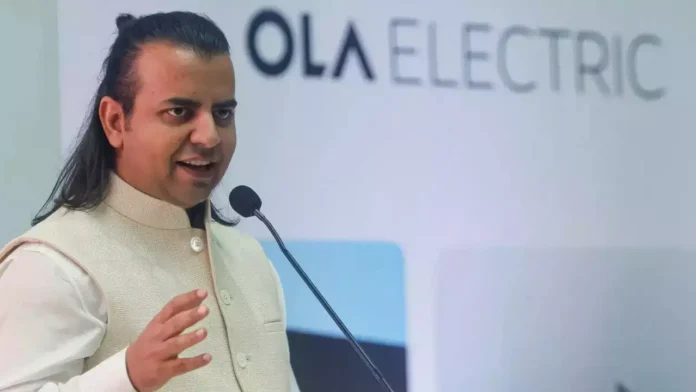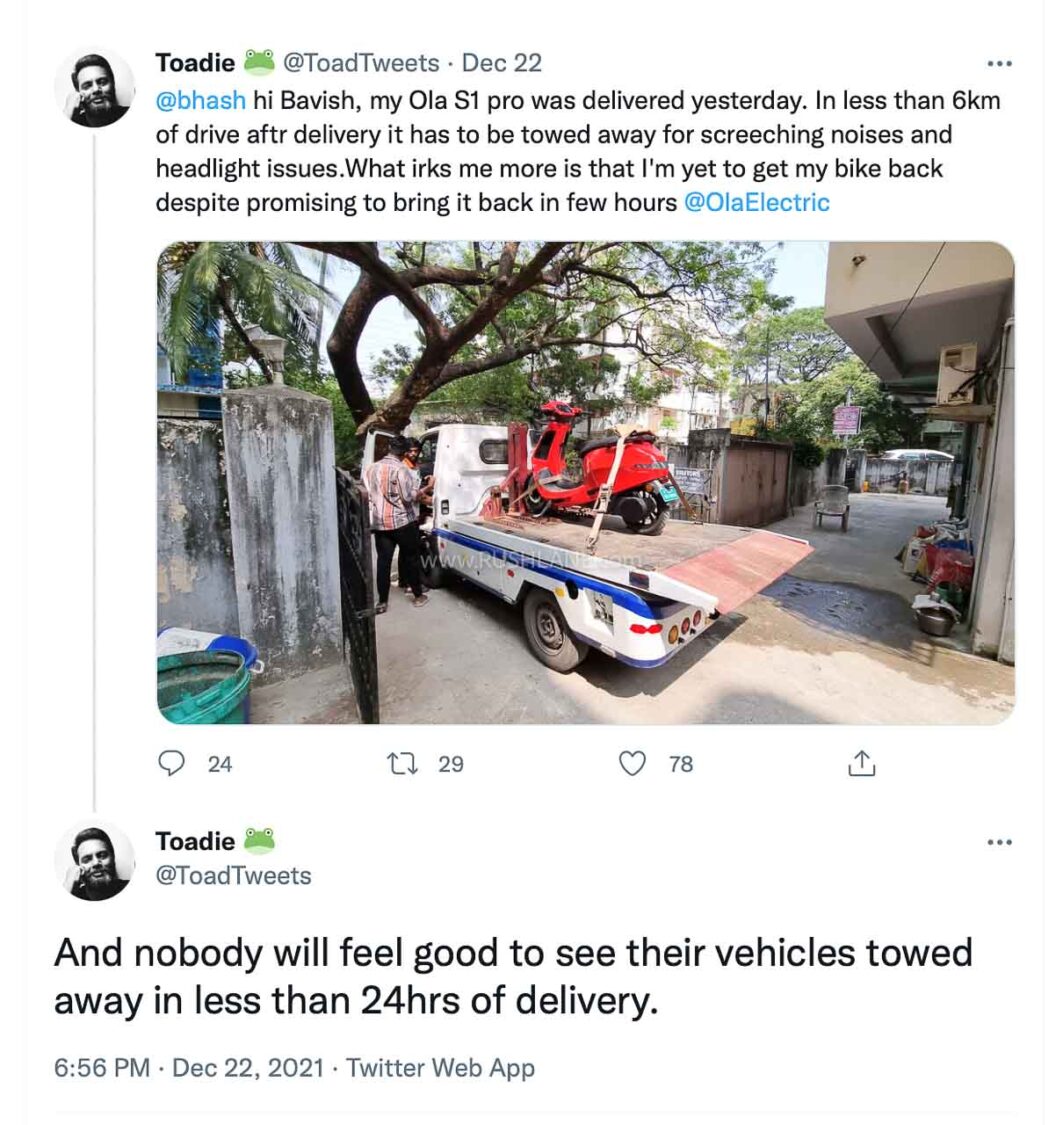
Ola Electric, a leader in India’s electric vehicle (EV) market, recently claimed to have resolved 99.1% of customer complaints, sparking widespread debate. While the company has positioned itself as a pioneer in green technology and EV innovation, concerns over customer service and complaint handling have come to the forefront. Comedian Kunal Kamra, in particular, has been vocal about his skepticism regarding Ola’s claims. His comments have triggered a larger conversation on whether Ola’s after-sales service is truly addressing the needs of its customers or merely closing complaint tickets without offering real solutions.
Ola’s 99% Complaint Resolution Claim Raises Questions
Ola Electric, in response to a show cause notice from the Central Consumer Protection Authority (CCPA), claimed that 99.1% of the 10,644 complaints it received had been resolved to the “complete satisfaction” of customers. While this might sound impressive, many customers and observers are skeptical. Kunal Kamra, who took to X (formerly Twitter), challenged the company’s claim, pointing out that this level of resolution seems improbable given the number of complaints he continues to hear from customers. Kamra’s post quickly went viral, with over a million views, as other Ola users echoed his concerns.
Kamra questioned Ola’s definition of resolution, asking, “99% consumer complaints solved means 99% bikes are moving?” His question reflects the general sentiment of many Ola customers who believe that the company’s statistics may not align with their personal experiences.

Ola’s Showdown with the CCPA
The situation escalated after the CCPA issued a show cause notice to Ola Electric on October 7, 2024. The notice cited concerns over misleading advertisements, unfair trade practices, and consumer rights violations. Ola was given 15 days to respond to these allegations, prompting the company to release a statement claiming that nearly all of the complaints had been resolved.
Despite Ola’s assurances, Kamra and other consumers have continued to challenge the company’s handling of complaints. Kamra invited users to share their unresolved issues online, bringing attention to a pattern where complaints were allegedly closed without any real resolution. This raised further questions about the authenticity of Ola’s reported resolution rate.
Kunal Kamra’s Critique of Ola’s After-Sales Service
Kunal Kamra has played a central role in bringing attention to Ola Electric’s customer service problems. Through his social media platform, he has gathered hundreds of customer stories, many of which suggest that Ola’s resolution process is far from effective. One user pointed out that the company often closes complaint tickets without actually resolving the issue, only to reopen a new ticket—giving the appearance of action without fixing the root cause.
Kamra also questioned the CCPA’s role, asking whether merely closing a ticket without resolving the underlying issue counts as an actual resolution. This critique has further fueled public frustration over how Ola Electric is handling its growing customer base.
Ola Electric’s Stock Performance: A Disconnect Between Public Sentiment and Market Value?
Despite the controversy surrounding its customer service, Ola Electric’s stock performance has remained stable. As of October 23, 2024, shares of Ola Electric Mobility Ltd were trading at ₹81.62, reflecting a 0.68% gain. This financial stability suggests that investor confidence in the company remains strong, even though public sentiment, particularly among its customer base, seems to be deteriorating.

Ola’s stock performance underscores a disconnect between how the market values the company and how its customers perceive its products and services. While investors continue to see potential in Ola’s growth within the EV market, the ongoing complaints from customers indicate that the company may need to make significant changes to its customer service strategy to maintain long-term consumer trust.
The Real Condition of Ola Electric: A Look Into the Problems
The core of the issue with Ola Electric seems to lie in the disconnect between its growth ambitions and its ability to provide effective after-sales support. Ola’s rapid expansion into the EV market has resulted in a high volume of sales, but many customers have reported recurring issues with their vehicles, from software malfunctions to battery problems.
The aggressive scaling of production, coupled with Ola’s drive to capture market share, may have led to operational inefficiencies. Customers who have faced issues with their bikes often report delays in service and dissatisfaction with how their complaints are handled. This disconnect between growth and service has been a recurring theme for Ola Electric.

The Role of Transparency in Ola’s Customer Service Strategy
Ola’s approach to handling customer complaints has been widely criticized for its lack of transparency. Many consumers feel that the company’s practice of closing tickets without resolution is a tactic designed to inflate its complaint resolution statistics. If Ola hopes to restore consumer trust, it will need to be more transparent about how it addresses customer issues and what constitutes a “resolved” complaint.
While Ola has made significant strides in the electric vehicle market, its handling of customer complaints leaves much to be desired. The company’s claims of a 99% resolution rate may be technically accurate according to its internal definitions, but from a consumer perspective, the number of unresolved issues suggests that Ola’s approach to after-sales service needs a serious overhaul..webp)
Conclusion: Ola’s Journey Forward
Ola Electric is at a critical juncture in its evolution. While the company has achieved significant success in the EV market, its long-term sustainability will depend not only on its ability to innovate but also on how well it treats its customers. The current controversy surrounding its complaint resolution rate highlights a major gap between what the company promises and what it delivers.
If Ola is to maintain its leadership in the electric vehicle industry, it will need to prioritize customer satisfaction and work towards resolving the systemic issues that have led to widespread dissatisfaction. Transparency, accountability, and improved communication will be key to ensuring that the company can continue to grow while keeping its customers happy.
Ola’s position in the market remains strong, but without addressing these fundamental concerns, the company risks losing consumer trust—something that no amount of financial gain can replace.
